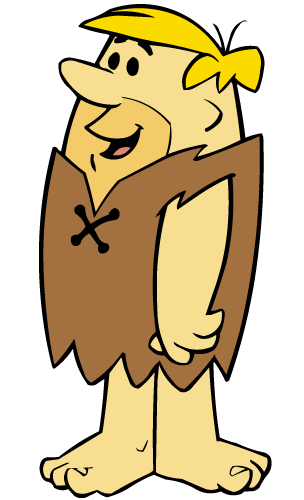 Written by Sue Soltis
Written by Sue SoltisIllustrated by Bob Kolar
(Candlewick Press, 2011)
Dogs, cats, men, women, Mars, Venus, animal, vegetable, mineral...we spend much of our time categorizing and pointing out the differences in objects and beings. As the title suggests, Nothing Like a Puffin begins this way. A ladder is nothing like a puffin. Neither is a house.
But then the lines start to blur. A newspaper cannot be like a puffin. Hey, wait! Both are black and white. Sue Soltis strikes a wry, conversational tone as her text gasps, “What are the chances? A newspaper is something like a puffin, after all.” Golly, gee!
Well, that must have been an odd blip. There are always exceptions. But, really, aside from a newspaper, there is nothing like a puffin. Hey, wait! (Again?) Yes, as the puffin drifts from page to page, it turns out that commonalities can be drawn between puffins and all kinds of things. Shucks. Maybe a puffin isn’t special at all. Or, ahem, maybe it is.
Gosh, how utterly confusing! Reminds me of the first time I had to complete a Venn diagram or the first time I read fiery pro and con letters to the editor about Canada’s policy of multiculturalism. Of course, Soltis and Kolar make the examination of similarities and differences so much more fun. I can smile, even laugh, and totally avoid the bottle of Tylenol.
Bob Kolar’s digital illustrations are vibrant and cheerful with many of the images reminding me of the cut-out art of Henri Matisse. Yes, the clouds, the puffin’s wings and even its tail are just like Matisse’s cut-out creations. But wait! The ladder and the human figures are nothing like Matisse’s cut-outs. Well, they are brightly colored, too. Similarities, differences,...it’s all a matter of degree.
It just dawned on me that apples and oranges may also have more in common than what distinguishes them. Wow. I feel another headache coming on. Let me just back up, dive back into Nothing Like a Puffin and enjoy it for its considerable entertainment value.



